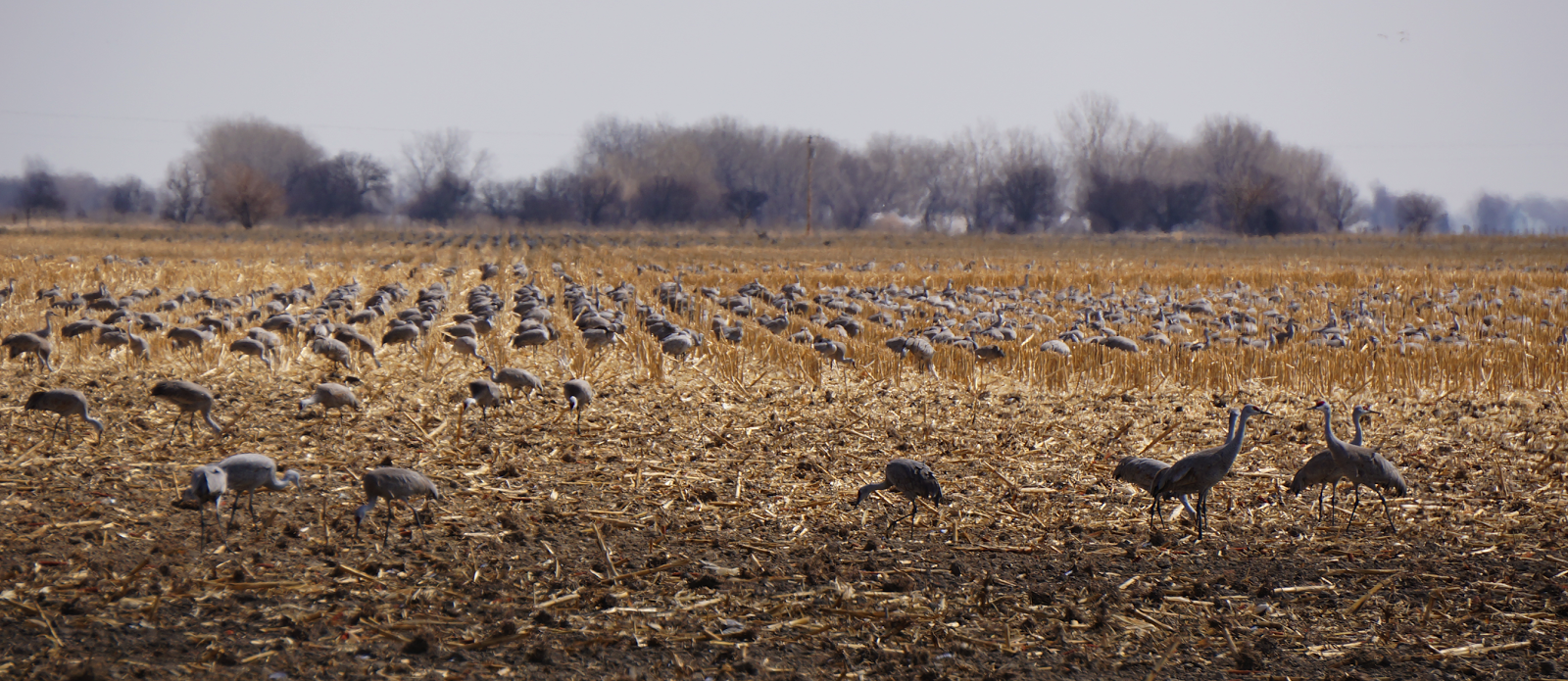 |
| TNC's Niobrara herd. I helped sort them a couple times last year. |
Every winter I knit socks, mittens and hats for my family,
and somehow the process is even more enjoyable if I’m working with lovely
materials. I’m a sucker for beautiful
yarns. This weekend I visited the Blackland Prairie Artisan and Fibre Faire up
in Denison, Texas in search of new supplies. I arrived at Loy Park (home of the
Grayson Frontier Village, behind a fence topped with a triple strand of barbed
wire). There was also a lake, a bridge leading into the woods, and what looked
like an old brick furnace. The surrounding land was mainly grazed. I found
it picturesque.
The 'faire' itself was held in a large open shed with two
horseshoe-shaped lines of booths on the interior facing the main entrance. It
didn’t look that big, but it took me an hour to make a full circuit. When you
fondle yarn and make small talk with half the craftspeople, I suppose the
minutes add up. You could buy raw wool, yarns, baskets and other handicrafts. There
were also artisans demoing the use of drop spindles, looms, and a great wheel.
One of my favorite displays was the natural yarn dying
station. They had bright mustard orange from Bois d’Arc wood chips (also called
Osage Orange), a fuchsia from prickly pear cochineal, and a natural indigo. The
cochineal dye was most exciting to me. Similar to the ancient Greek ‘Tyrian’ or
‘Royal’ purple, it is derived from a crushed invertebrate. Instead of Tyrian
purple’s Greek sea snail, cochineal originates in the body of minute scale
insects living on the surface of Opuntia
cacti. It has a Mayan and Aztec pedigree.
I also had the chance to reminisce about my days working
with bison. I was delighted to discover a trailer and a booth for the Buffalo
Wool Company, based out of small town just a little south of Fort Worth. I
could not believe it was possible to buy bison yarn! Naturally, I bought myself
a nice sized skein for a special project (TBD). I just love bison. I can’t help
it. I'd argue they’re North America’s signature megafauna.
Buffalo Wool Company has moved their 35-bison herd to
Goodnight, Texas since the metroplex has encroached upon the company’s original
holdings in recent years. The company’s founder actually took some satisfaction
in moving the herd. As some of you may know, the Texas legend Charlie Goodnight
(for whom the town is named) is largely responsible for preventing the
extinction of the southern bison. Lore has it that Charlie’s wife noticed the
herd was much diminished and prevailed upon him to save the last few hundred.
The descendants of those individuals now make up the core of the Caprock
Canyons herd. For the Buffalo Wool Company, bringing their bison back to
Goodnight was almost like coming an emotional full circle.
 |
| The Niobrara herd during fall round-up |
Surprisingly, 35 bison are only good for about two skeins of
yarn. Well, it’s surprising until you realize what one must go through to
harvest the down from a bison. These are wild animals and they aren’t going to
sit patiently while you give them a haircut. Fortunately for the wool
gatherers, they aren’t going to sit still while you jab them in the rump with a
vaccination needle either. Bison can carry brucellosis, which causes
spontaneous abortion in cattle, and for this and other reasons they typically
receive annual vaccinations. You have to round them up, get them in the corral,
and then run them through a squeeze chute. You aim to keep them in the shoot
for six seconds or less (to avoid excess strain on the beasts), and it is
during these six seconds in the chute that you can shear a little strip of wool
for the yarn. Apparently, they often come out with just a small racing stripe
removed.

Other ways to harvest the wool include taking the brushes
from street cleaners and setting them up vertically. The bison, eager to be rid
of their winter coats, rub off their old hair on these convenient scratching
posts. In addition to taking bits and bobs of fuzz from other bison ranchers,
Buffalo Wool Company collects wool from the leathers discarded after a bison
meat harvest. In this way, they are able to produce enough yarn to sell. I
ended up buying a skein of a 50:50 bison/merino blend, though I was sorely
tempted by the bison/silk. My yarn appears undyed. Perhaps I’ll go collect some
cochineal to create my own all-American fiber.



















